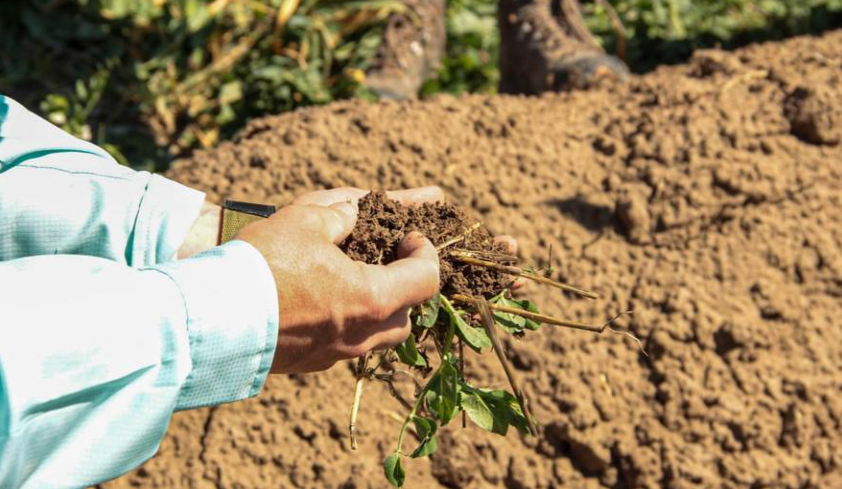
Whatsapp 93125-11015 For Details


Introduction:
How Can Carbon Farming Help?
1. Diverse Practices: Carbon farming encompasses rotational grazing, agroforestry, conservation agriculture, integrated nutrient management, agro-ecology, livestock management, and land restoration.
2. Agroforestry: Practices like silvopasture and alley cropping diversify farm income and sequester carbon in trees and shrubs.
3. Conservation Agriculture: Techniques like zero tillage, crop rotation, cover cropping, and residue management enhance soil health and organic content.
4. Integrated Nutrient Management: Organic fertilizers and compost reduce emissions while promoting soil fertility.
5. Agro-ecology: Crop diversification and intercropping enhance ecosystem resilience.
6. Livestock Management: Rotational grazing and waste management reduce methane emissions and increase carbon storage in pasture lands.
Challenges to Carbon Farming:
1. Geographical Variation: Effectiveness depends on factors like soil type, water availability, and biodiversity.
2. Water Scarcity: Limited water availability hinders plant growth and restricts carbon sequestration.
3. Species Selection: Plant selection is crucial, with fast-growing trees and deep-rooted grasses being more effective.
4. Financial Barriers: Farmers may lack resources to invest in sustainable practices, particularly in developing countries like India.
Carbon Farming Schemes Worldwide:
1. Initiatives: Carbon trading programs incentivize mitigation activities globally, from no-till farming to reforestation.
2. Examples: Chicago Climate Exchange, Carbon Farming Initiative in Australia, and Kenya’s Agricultural Carbon Project highlight global efforts.
3. '4 per 1000' Initiative: Launched during COP21, emphasizes the role of soil in mitigating greenhouse gas emissions.
Opportunities in India:
1. Adaptation Strategies: Climate-resilient practices can benefit agriculture, particularly in regions like the Indo-Gangetic plains and Deccan Plateau.
2. Grassroots Initiatives: Organic farming demonstrates potential to sequester carbon and generate economic benefits.
3. Carbon Credit Systems: Incentivize farmers and bridge the gap between emissions reductions and climate stabilization.
Conclusion: